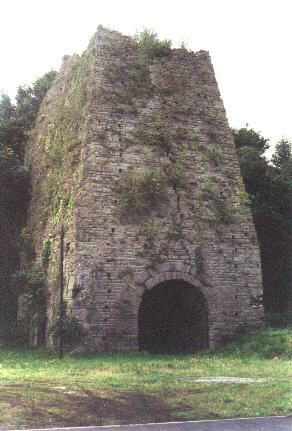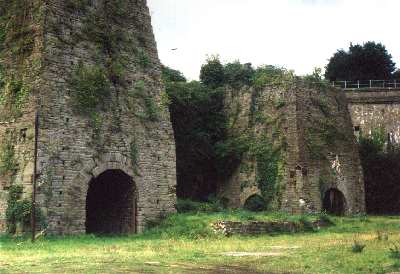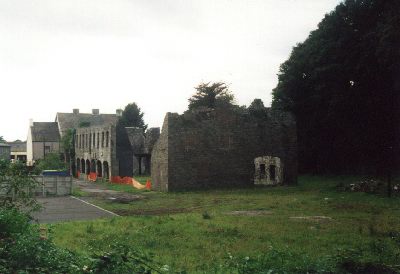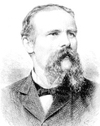| The Site:
On the banks of the river Clydach, the
valley known as Cwm-y-felin had long been an Industrial site prior
to 1792.
It had the advantages of water power, a plentiful supply of coal and was situated close to the tidal River Neath and could be supplied with ore by sea. The New Owners: The Quaker families of Fox, Price and Tregelles intended to produce pig iron for use in their Cornish foundry. The Furnaces: Built in 1792 they were 65 and 53 feet high and in 1796 were producing 75 to 80 tons of iron per week. They were built into the side of the hill so that raw materials of iron ore, limestone and coke could be prepared at the same level as the top of the furnace and then charged from the top. The Blowing Engine :Built in 1793 to a Boulton & Watt design, with a 40inch diameter cylinder, the engine was the most powerful in Britain at that time. |
 |


